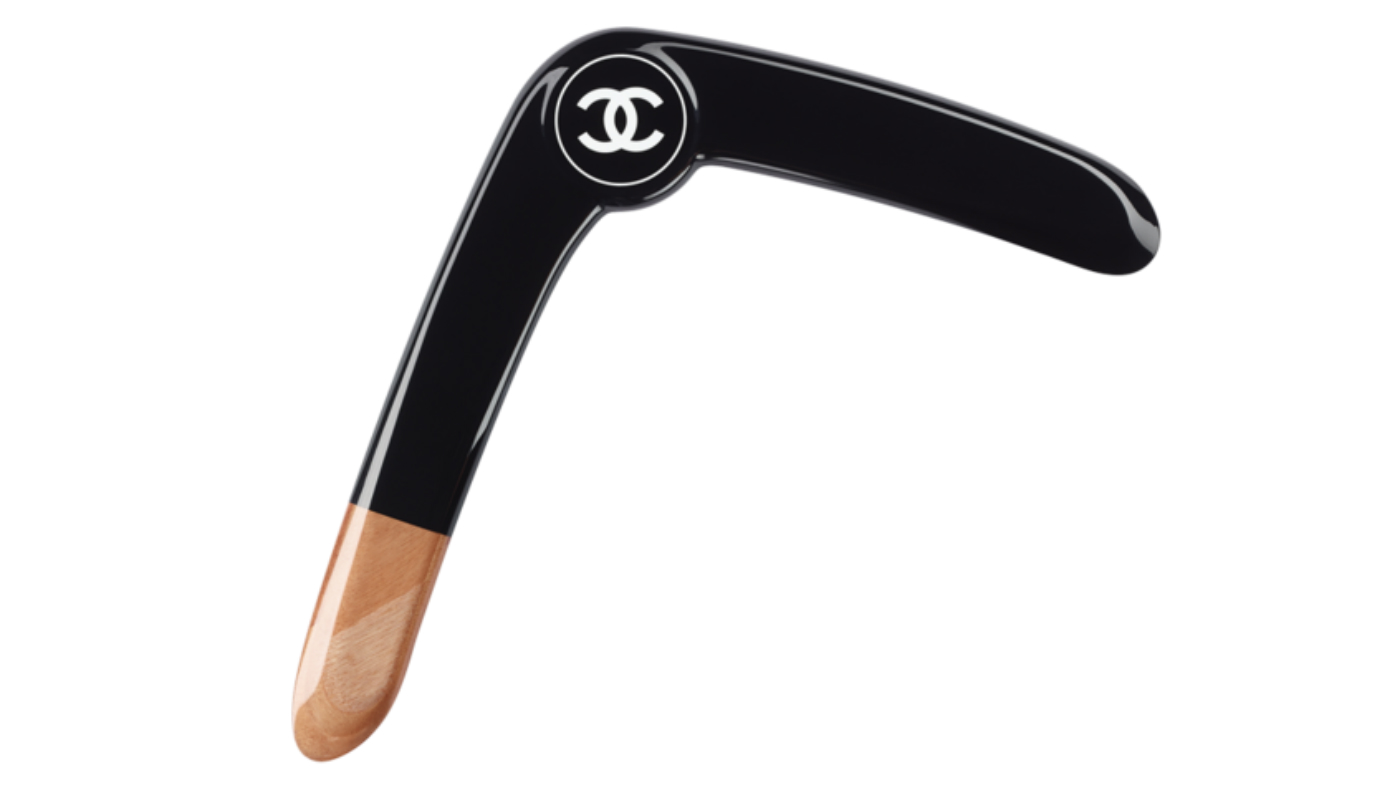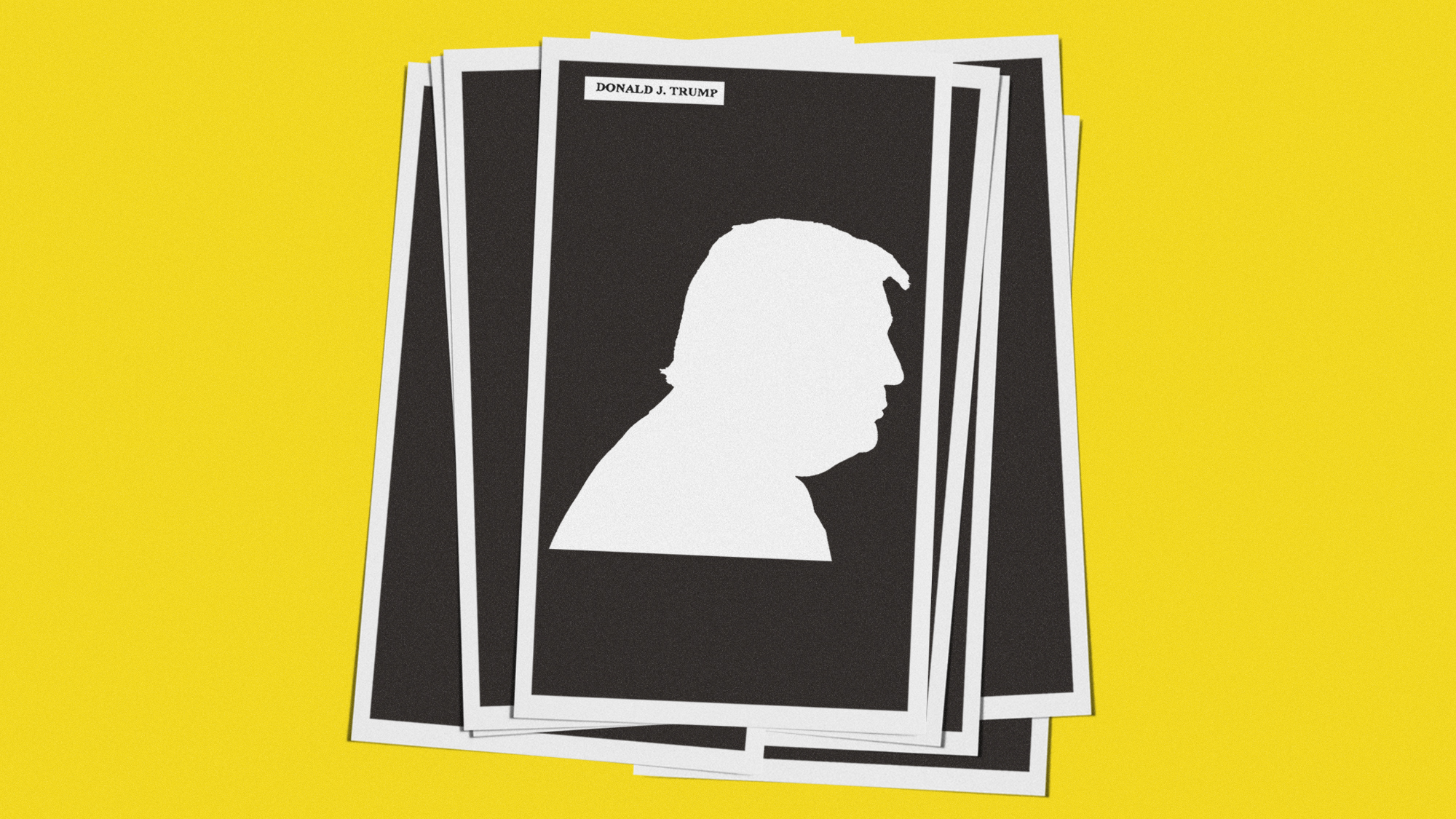Chanel £1,130 boomerang sparks cultural appropriation row
Fashion label's 'accessory' outrages aboriginal artists and activists

Chanel is at the centre of a cultural appropriation storm after it was accused of "humiliating" aboriginal Australians by selling a boomerang as part of its latest collection.
The £1,130 wood and resin "boomerang", bearing the fashion house's interlocking CC logo, appears in the accessories section, alongside a £2,860 beach racket and ball set, a £1,300 tennis racket and a £330 set of tennis balls.
It hit the headlines when US make-up artist Jeffree Star shared an image of one to online followers on Twitter, The Guardian reports.
The Week
Escape your echo chamber. Get the facts behind the news, plus analysis from multiple perspectives.

Sign up for The Week's Free Newsletters
From our morning news briefing to a weekly Good News Newsletter, get the best of The Week delivered directly to your inbox.
From our morning news briefing to a weekly Good News Newsletter, get the best of The Week delivered directly to your inbox.
The piece was greeted with scorn and derision from indigenous Australians online.
Aboriginal artist Alison Page expressed disbelief at Chanel's move given multiple recent instances in which fashion companies have been accused of cultural appropriation.
It marked "a new level of ignorance", she told the Daily Telegraph, adding: "It's 2017 and people haven't worked out yet that appropriating another culture’s artefacts and putting your brand on it is offensive."
Madeline Hayman-Reber, a member of the Gomeroi people, argued the controversy was a symptom of the larger issue of indigenous communities and their artwork being exploited and marginalised.
A free daily email with the biggest news stories of the day – and the best features from TheWeek.com
"Fake art is a massive problem in the world of indigenous art, and boomerangs are the tip of the iceberg," she wrote on Australia's SBS news site.
She added that boomerangs, handmade by indigenous craftsmen, were part of aboriginal heritage and imbued with cultural meaning. A designer brand was using one to make money was "a slap in the face to all the indigenous artists actively sharing Aboriginal culture", she said.
Although similar objects have been used by peoples around the world, the boomerang has come to be strongly identified with the native inhabitants of Australia, who historically used the curved tool as a weapon for hunting.
The world's oldest surviving boomerang , found in a peat bog in South Australia, is believed to be 10,000 years old.
A Chanel spokesman said the label was "extremely committed to respecting all cultures and regrets that some may have felt offended", but did not confirm whether the boomerang will remain on sale.
-
 Is Trump deliberately redacting Epstein files to shield himself?
Is Trump deliberately redacting Epstein files to shield himself?Today’s Big Question Removal of image from publicly released documents prompts accusations of political interference by justice department
-
 Ashes to ashes, ducks to ducks: the end of Bazball?
Ashes to ashes, ducks to ducks: the end of Bazball?Talking Point Swashbuckling philosophy of England men’s cricket team ‘that once carried all along with it has become divisive and polarising’
-
 The strangely resilient phenomenon of stowaways on planes
The strangely resilient phenomenon of stowaways on planesIn The Spotlight Lapses in security are still allowing passengers to board flights without tickets or passports
-
 How Bulgaria’s government fell amid mass protests
How Bulgaria’s government fell amid mass protestsThe Explainer The country’s prime minister resigned as part of the fallout
-
 Femicide: Italy’s newest crime
Femicide: Italy’s newest crimeThe Explainer Landmark law to criminalise murder of a woman as an ‘act of hatred’ or ‘subjugation’ but critics say Italy is still deeply patriarchal
-
 Brazil’s Bolsonaro behind bars after appeals run out
Brazil’s Bolsonaro behind bars after appeals run outSpeed Read He will serve 27 years in prison
-
 Americans traveling abroad face renewed criticism in the Trump era
Americans traveling abroad face renewed criticism in the Trump eraThe Explainer Some of Trump’s behavior has Americans being questioned
-
 Nigeria confused by Trump invasion threat
Nigeria confused by Trump invasion threatSpeed Read Trump has claimed the country is persecuting Christians
-
 Sanae Takaichi: Japan’s Iron Lady set to be the country’s first woman prime minister
Sanae Takaichi: Japan’s Iron Lady set to be the country’s first woman prime ministerIn the Spotlight Takaichi is a member of Japan’s conservative, nationalist Liberal Democratic Party
-
 Russia is ‘helping China’ prepare for an invasion of Taiwan
Russia is ‘helping China’ prepare for an invasion of TaiwanIn the Spotlight Russia is reportedly allowing China access to military training
-
 Interpol arrests hundreds in Africa-wide sextortion crackdown
Interpol arrests hundreds in Africa-wide sextortion crackdownIN THE SPOTLIGHT A series of stings disrupts major cybercrime operations as law enforcement estimates millions in losses from schemes designed to prey on lonely users